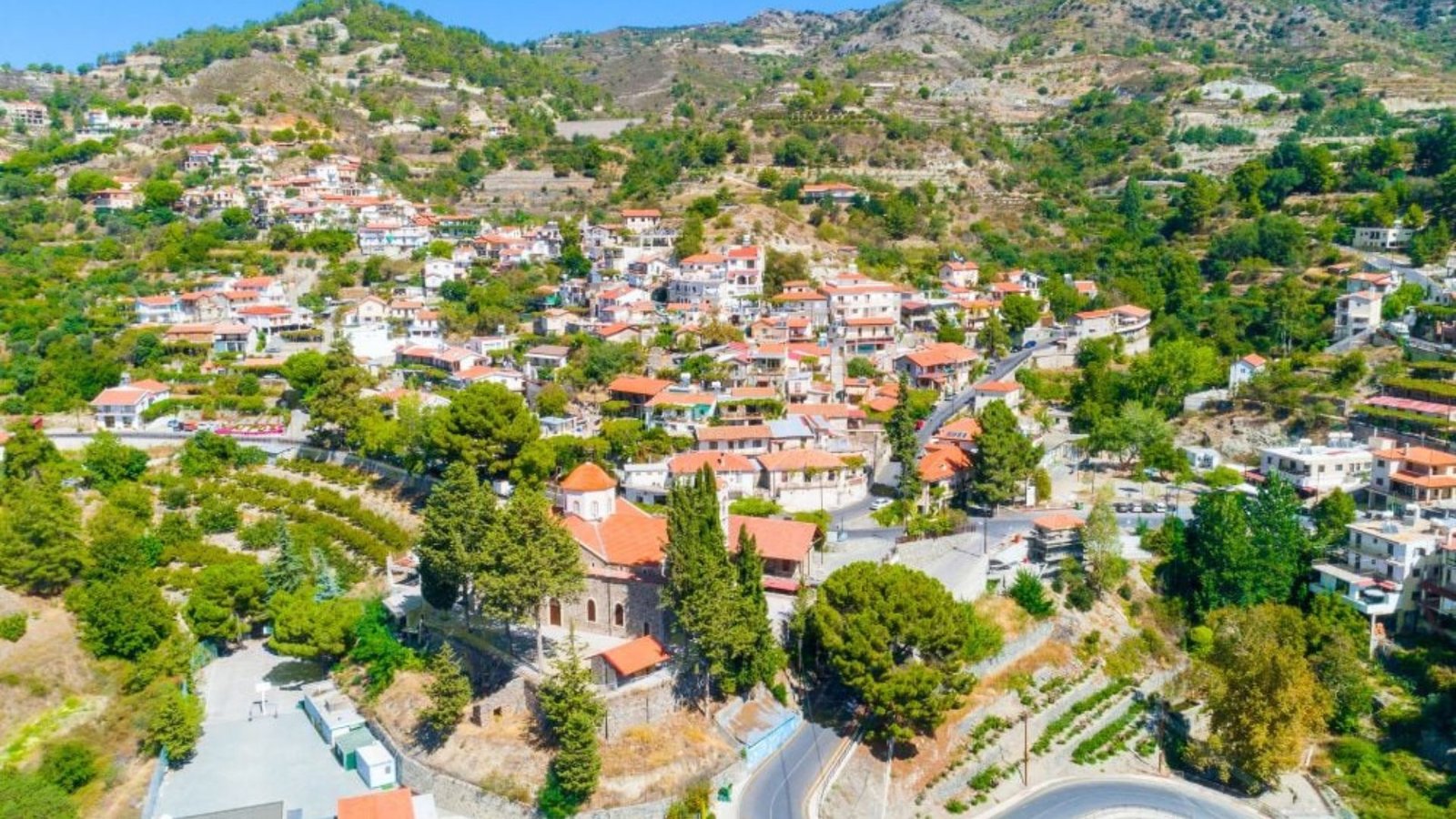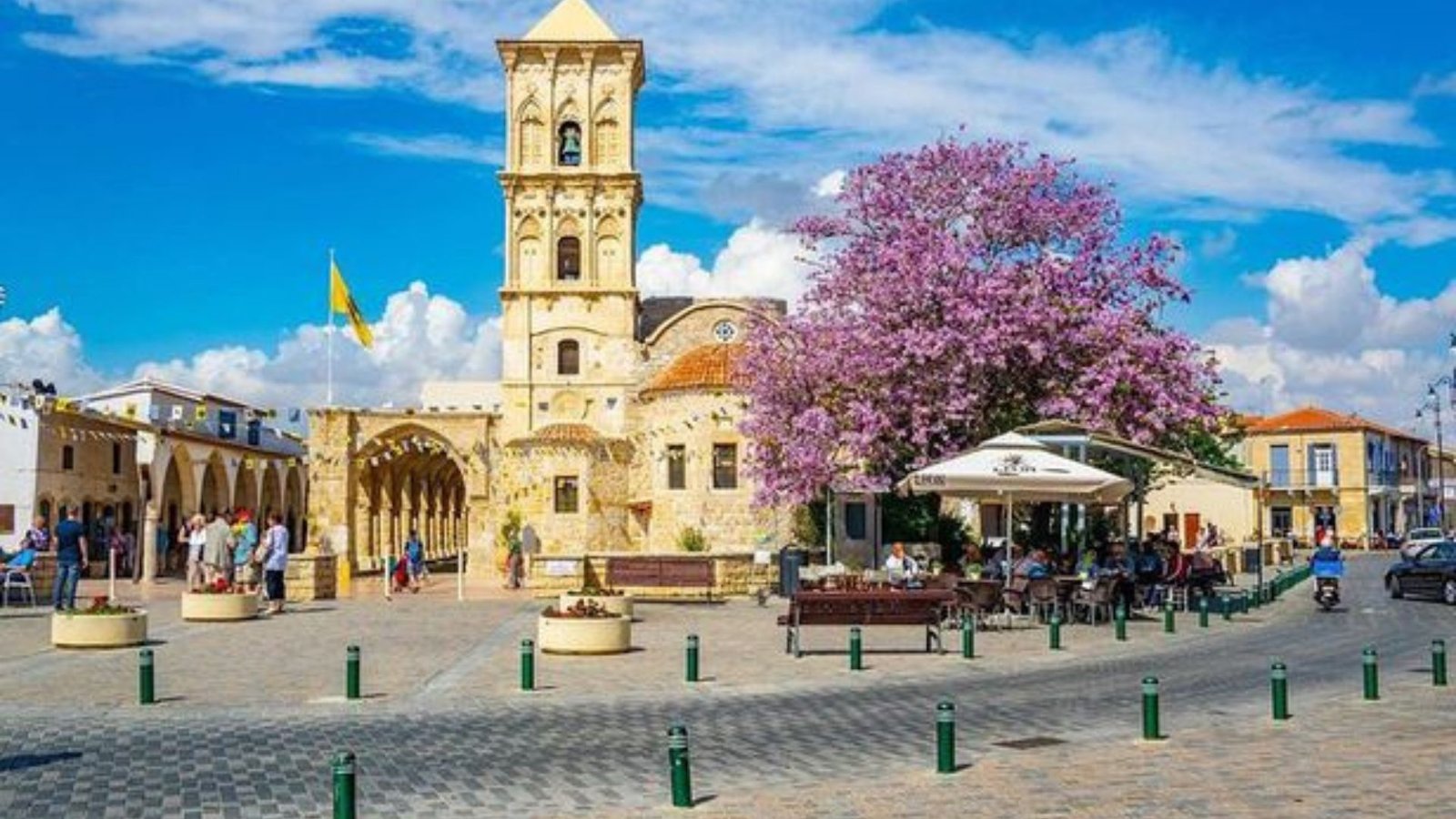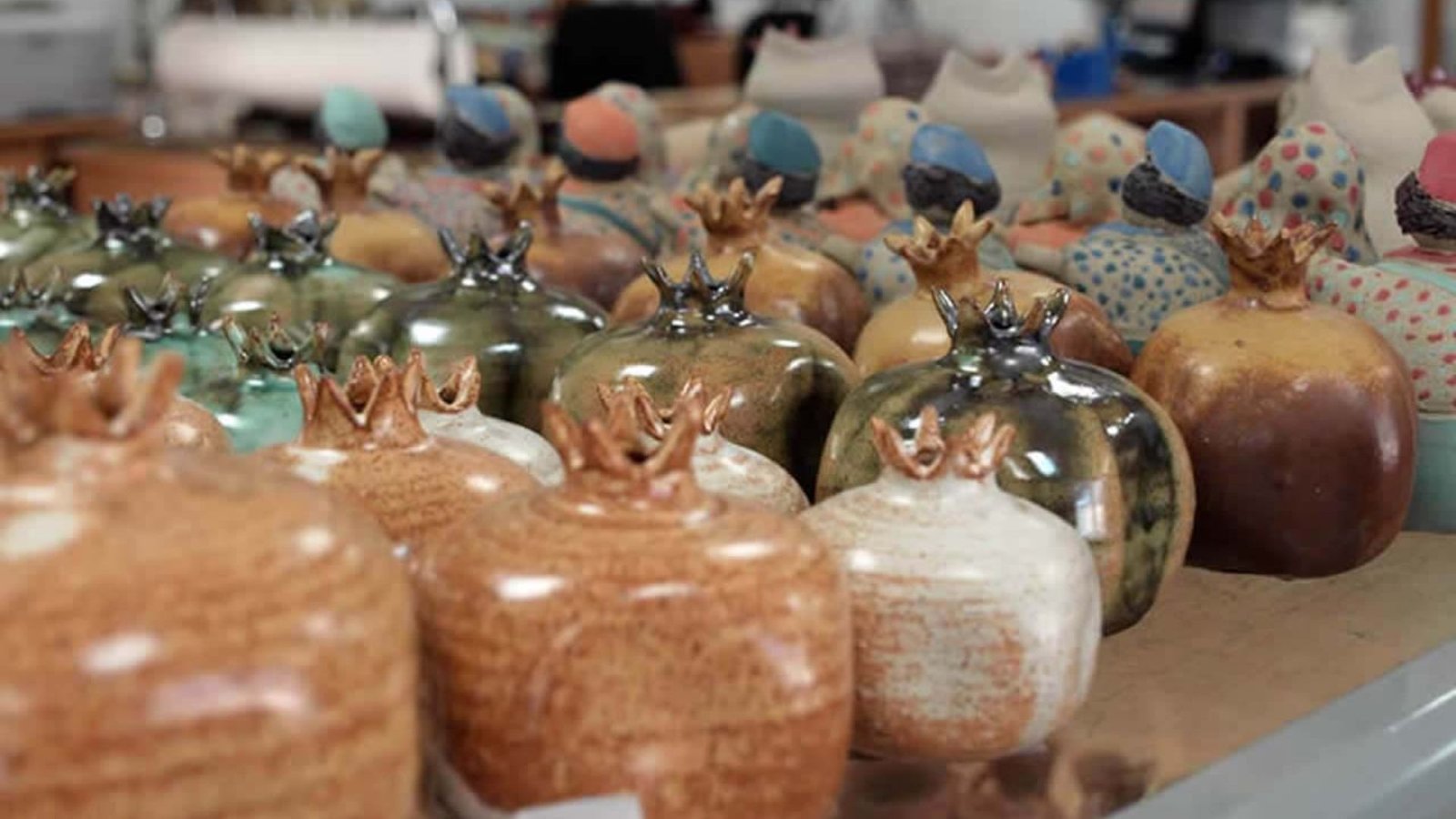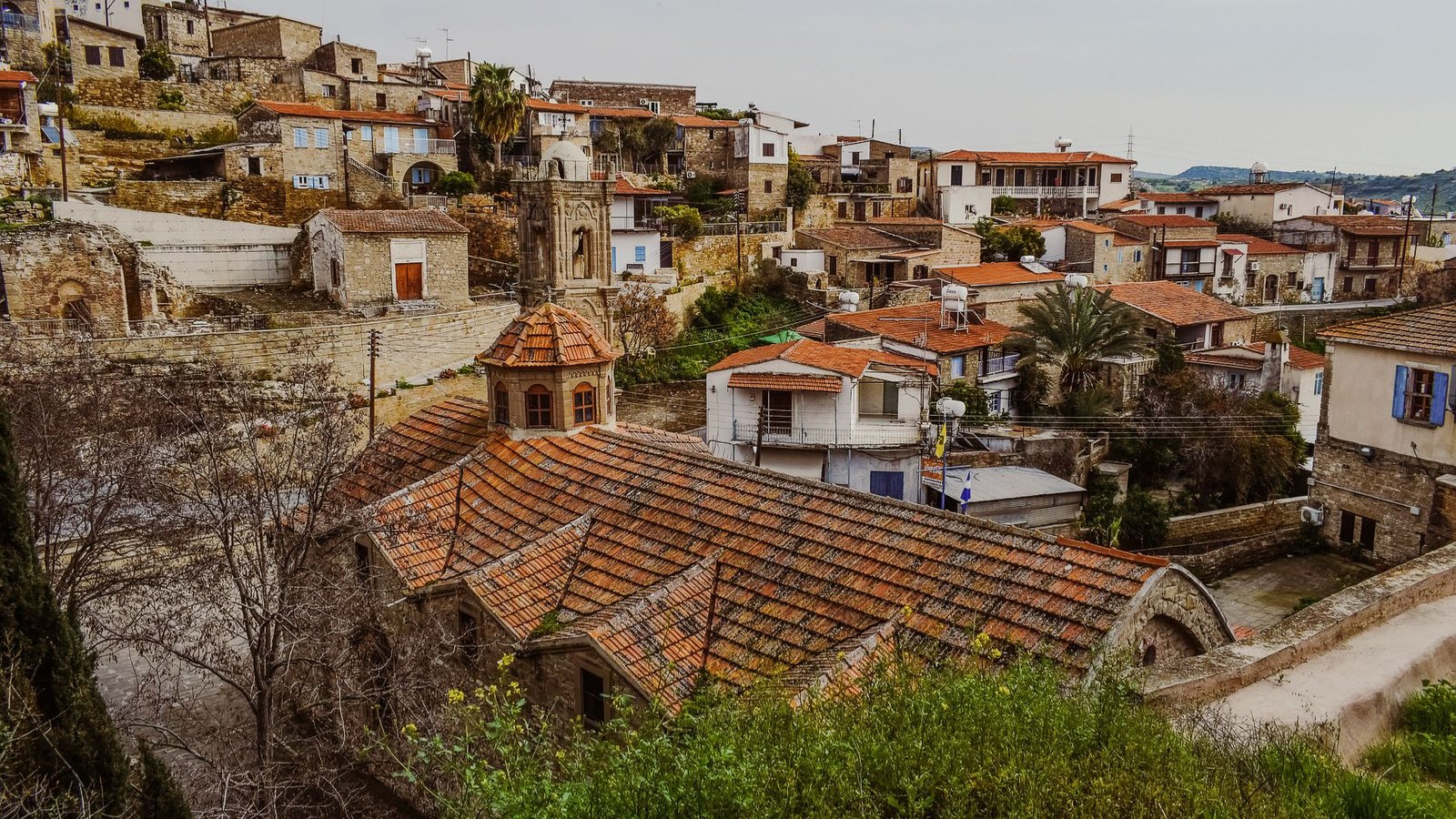The traditional villages of Cyprus are full of charm and history. They tell stories of the island’s past and reflect the unique culture of its people. Understanding the history of traditional villages in Cyprus allows us to appreciate their significance today. Let’s explore how these villages came to be!
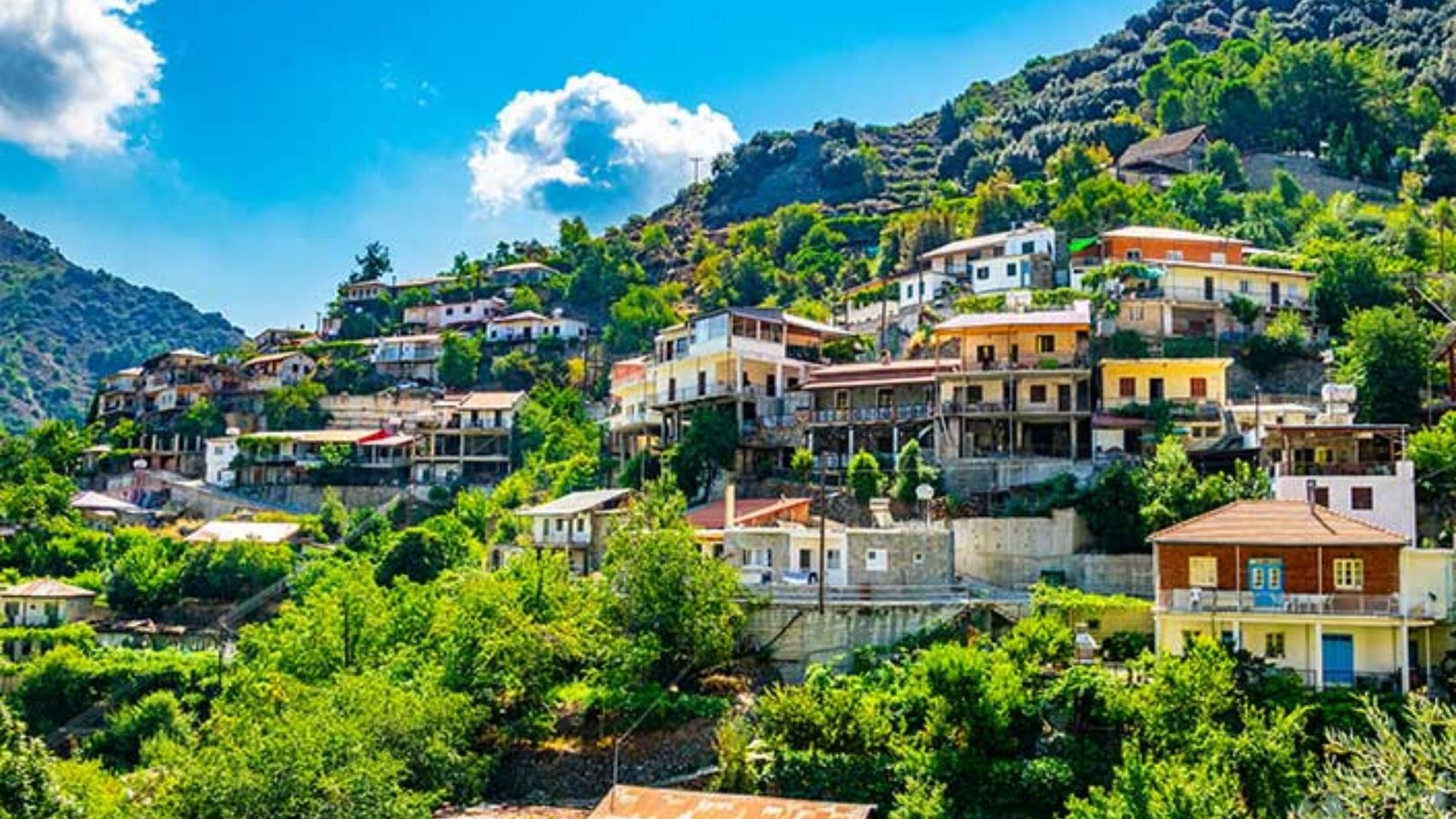
Early Settlements
The history of Cyprus dates back thousands of years. Early settlers established communities around fertile lands and fresh water sources. These initial settlements laid the foundation for future villages. Over time, people built homes using local materials, creating the distinctive architecture we see today. This early history is important as it shows how communities adapted to their environment.
Medieval Period
During the medieval period, Cyprus became a crossroads of different cultures. The island was ruled by various empires, including the Byzantines, Franks, and Venetians. Each group left its mark on the villages. For instance, you can still see Byzantine churches in many villages today. These churches feature beautiful frescoes and are a testament to the island’s rich religious heritage.
Impact of Trade
The location of Cyprus made it a vital trading hub. Traditional villages grew around trade routes, allowing them to thrive. Villagers often engaged in crafts such as weaving and pottery, which were highly valued. This period saw the development of local economies based on agriculture and trade. As a result, many villages became centers of activity and culture.
Ottoman Era
In the 16th century, the Ottomans took control of Cyprus. This period introduced new customs and practices. Villagers learned new agricultural techniques and started growing different crops. The Ottoman influence is still visible today in local cuisine and architecture. Traditional village houses often feature elements from this era, like large courtyards and intricate tile work.
British Rule
In the late 19th century, Cyprus became a British colony. The British introduced modern infrastructure, including roads and schools. However, traditional village life continued. Many villagers maintained their customs, preserving their unique identities. This time also saw an increase in tourism, as visitors began to explore the island’s cultural heritage.
The Role of Villages in Independence
In the mid-20th century, Cyprus began its struggle for independence. Traditional villages played a crucial role in this movement. Villagers often participated in protests and supported the cause. The sense of community in these villages helped unite people in their fight for freedom. This period solidified the importance of villages as centers of culture and resistance.
Modern Times
Today, traditional villages in Cyprus continue to thrive. Many have adapted to modern life while preserving their heritage. Efforts have been made to promote eco-tourism and cultural experiences. Visitors can explore the rich history through local festivals, crafts, and cuisine. The government also supports initiatives to restore old buildings and promote sustainable tourism.
Cultural Significance
The history of traditional villages in Cyprus is vital for understanding the island’s culture. Each village has its unique stories and customs, contributing to the rich tapestry of Cypriot identity. From folk music to local festivals, these traditions continue to be celebrated, keeping history alive for future generations.
Conclusion
In conclusion, the traditional villages of Cyprus are more than just picturesque places; they are living histories. From early settlements to modern-day communities, these villages reflect the island’s diverse heritage. Exploring their history helps us appreciate the beauty and significance of Cypriot culture today. Whether you’re wandering through the streets or visiting local markets, the stories of these villages are all around you, waiting to be discovered.







